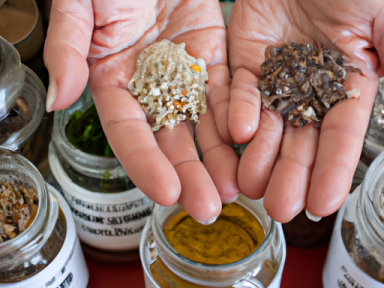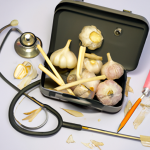The Importance of Saving and Storing Seeds
In today’s rapidly changing world, it’s crucial to be prepared for any crisis or disaster that may come our way. One of the most essential skills for self-reliance is the ability to grow your own food. And a key component of successful gardening is saving and storing seeds. In this article, we will explore the wisdom of saving and storing seeds for future planting seasons, so you can ensure a sustainable food source for you and your loved ones.
1. Preserving Genetic Diversity
Saving and storing seeds allows us to preserve the genetic diversity of different plants. Many commercial seeds available today are hybrid seeds, which means they are a crossbreed of two or more varieties. While hybrids can sometimes have desirable traits, they lack the genetic diversity of heirloom or open-pollinated seeds.
By saving and storing heirloom or open-pollinated seeds, we can maintain a wide range of plant varieties. This genetic diversity not only contributes to the health and resilience of your garden but also safeguards against the potential risks of crop failures due to disease or pests.
2. Self-Sufficiency and Sustainability
Saving and storing seeds empowers you to become self-sufficient and sustainable in your food production. When you save seeds from your own plants, you no longer rely on purchasing seeds year after year. This not only saves you money but also ensures that you have a continuous supply of seeds for future planting seasons.
Moreover, saving and storing seeds allows you to adapt to your local climate and growing conditions. Over time, plants grown from saved seeds acclimate to your environment, resulting in hardier, more resilient crops. This resilience becomes invaluable when facing unpredictable weather patterns or changes in climate.
3. Building Community Resilience
Sharing seeds with your local community is a powerful way to build resilience and foster self-reliance. By saving and storing seeds, you can grow a surplus of plants and then exchange or donate the extra seeds with others in your area. This not only strengthens community bonds but also ensures that everyone has access to seeds to grow their own food.
During times of crisis or disaster, access to fresh, nutritious food can become limited. By encouraging your community to save and store seeds, you are playing an active role in building a more resilient and sustainable food system for everyone.
4. How to Save and Store Seeds
While saving and storing seeds may seem daunting at first, it is a relatively simple process that can be learned and mastered. Here are some general guidelines to get you started:
- Choose the right plant: Select plants that are healthy, disease-free, and have desirable traits.
- Allow for proper pollination: Ensure that the plants you are saving seeds from are not cross-pollinated with other varieties, unless intentional.
- Harvest and dry mature seeds: Let the seeds fully mature on the plant, then harvest and dry them thoroughly before storing.
- Store seeds in appropriate containers: Use airtight containers such as glass jars or envelopes to protect seeds from moisture and pests.
- Label and date your seeds: Remember to label each container with the plant variety and the date of harvest.
- Store seeds in a cool, dry place: Find a storage location with a stable temperature and low humidity to maximize seed viability.
Remember to consult reliable sources or gardening books for specific instructions on saving seeds for different plant varieties. With practice, you will become more confident in your seed-saving abilities.
Conclusion
Saving and storing seeds is an act of preparedness and self-reliance. It not only allows you to preserve genetic diversity, become self-sufficient, and build community resilience, but also provides peace of mind in uncertain times. Taking control of your food supply starts with learning the art of seed saving. So, start today, and take the first step towards a more resilient and sustainable future.




GIPHY App Key not set. Please check settings